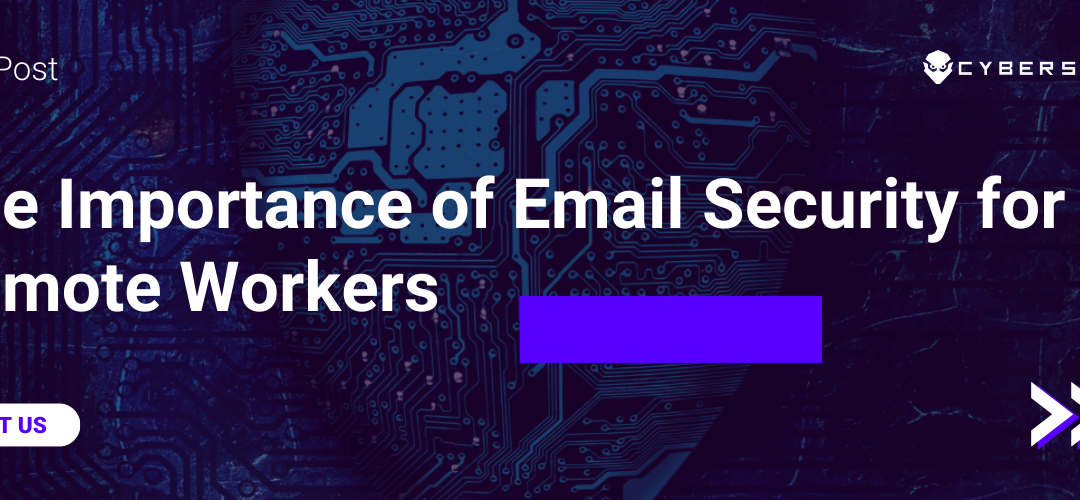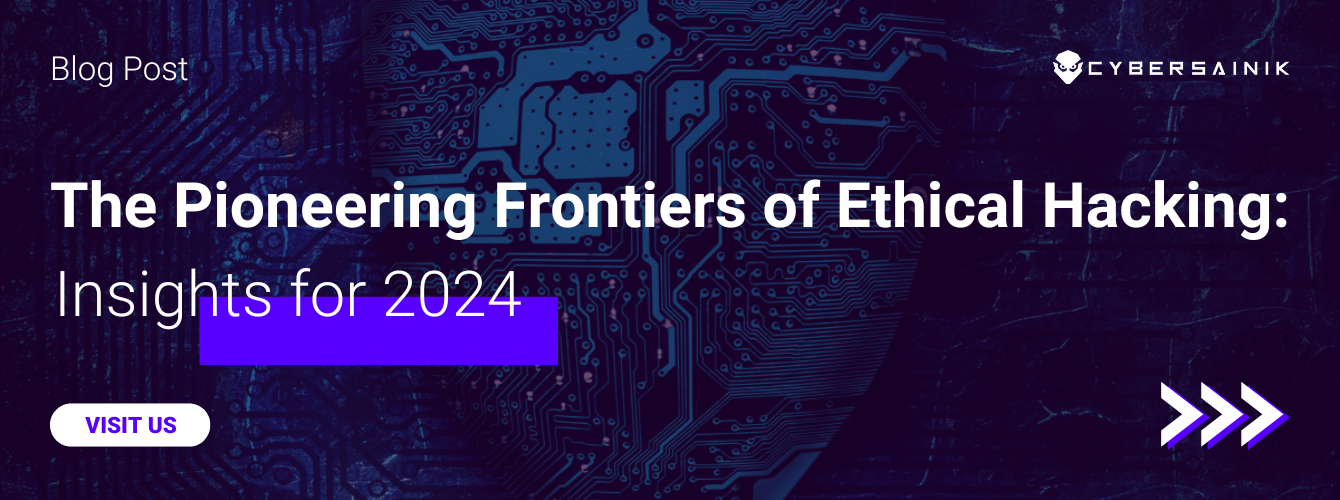There has been a radical and unprecedented transformation of the business landscape over the past few months as business owners adjusted to the threat of the COVID-19 pandemic. In order to conform with social distancing guidelines to minimize the risk of human-to-human transmission of the coronavirus, businesses have had to make the transition from a primarily office workforce to a mostly remote workforce. Prior to the onset of the COVID-19 pandemic, approximately 3.4% of employees (about 4.7 million people) worked remotely from home; this figure has increased substantially since the onset of the COVID-19 pandemic.
Even after this current pandemic is over, it is highly unlikely that the trend of remote work will decrease. If anything, working remotely is expected to increase in adoption as it becomes the new normal for businesses. It is estimated that the percentage of employees for whom remote working will be the norm post-pandemic will be at 25 -30% by the end of 2021.
Given that remote working will increase in the months and possibly years to come, it is necessary to implement strategies to keep your data protected and secure internally as well as externally transmitted email messages. This is especially important because of cybercriminals who devote their time and resources looking for vulnerabilities that they can use to penetrate private networks. Discussed below are five security strategies that you should implement to protect your business email and safeguard your remote employees.
1) ENABLE MULTI-FACTOR AUTHENTICATION (MFA)
One of the ways that cybercriminals and other malicious actors can gain access to protected networks is by stealing the account credentials of a user who has legitimate access to the network. Phishing, spear phishing, and social engineering are some of the many techniques used to steal account credentials. Once the credentials have been stolen, cybercriminals can then easily access the network by impersonating the account owner.
Multi-factor authentication is a cybersecurity strategy that prevents cybercriminals from using illegally acquired account credentials to access a private network. It adds an extra layer of security to the account credentials needed to access a network. With MFA, after the account credentials are entered, the user has to provide additional authentication before access to the network is granted. The secondary authentication requirement could be biometric such as fingerprints, a code sent to a secondary device, or the insertion of an additional piece of hardware such as a fob. Users who are unable to provide the secondary authentication information are denied access to the network. MFA is effective in thwarting cybercriminals because they typically do not possess the secondary authentication information needed to access a private network.
2) UPDATE NETWORK SECURITY
Network threats are constantly evolving as cybercriminals keep looking for innovative and creative ways to compromise business networks and access private information. To ensure that your network remains fully secure, you need to keep your network security fully updated. Security patches and upgrades are released on a regular basis by vendors in response to new threats or previously undetected software vulnerabilities; these need to be installed as soon as possible after release to ensure that your security infrastructure remains up to date. Additionally, your security hardware should be maintained on a regular basis, removing obsolete or poorly functioning components and having them replaced with the up to date models.
3) BUILD A LAYERED DEFENSE
One of the most common techniques used by cybercriminals to compromise private networks is phishing. With phishing, users within the network are sent legitimate-looking emails containing malicious links. Clicking on the malicious link by the unsuspecting user causes the embedded malware to be released which may then spread throughout the network and wreak havoc.
To minimize the risk of phishing to your employees, a layered defense strategy should be adopted:
- Employee education: Your employees need to be taught about the dangers of phishing. They should be educated on how to recognize suspicious emails, the importance of not opening suspicious emails, and how to respond in the event of a phishing attempt.
- Email authentication and email filters: You should have a solution in place that monitors and analyzes incoming email traffic. Emails that are known to be fraudulent or suspicious should be filtered and removed so that they do not reach your employees. All incoming emails should have the senders authenticated; emails that fail sender authentication should also be filtered out.
- Mitigation plan: It is important to have a mitigation strategy in place to confine the extent of network damage in the unfortunate event of a successful phishing attempt.
4) AUDIT EMAIL SENDING PLATFORMS AND SERVERS
To reduce the likelihood of a phishing attack or some other form of cyberthreats, it is necessary to reduce the attack vectors that can be exploited by cybercriminals. Some vectors that can be used by cybercriminals are email services and services. These services are typically used to send out notifications or other relevant information to employees as well as clients. Larger companies may have several of these services used for this purpose. Over time, these services may no longer be used due to a change in business processes or other reasons; they should be turned off when this occurs. However, some businesses neglect to switch off these servers and services such that they continue generating emails and also provide an attack avenue for cybercriminals. Audits should be conducted on a regular basis to look for email servers and services that have served their purpose and are no longer needed; any detected servers must be turned off as soon as possible.
5) CONSIDER MIGRATING TO A CLOUD-BASED PLATFORM
Cloud-based solutions are increasingly being preferred by businesses as a strategy in securing their remote work environment. With the cloud, important data are not hosted on local devices but in data centers globally. The data is typically encrypted with multiple types of authentication needed before access is granted. Another advantage of a cloud-based platform is redundancy; the same data is stored at multiple data sites at various locations. Data redundancy protects businesses from the risk of data loss or corruption in the event of a network breach.
At Cyber Sainik, we know what it takes to maintain the security of your email platform and your remote workforce. Contact us today for more information about what we have to offer, and to get started with our services.




